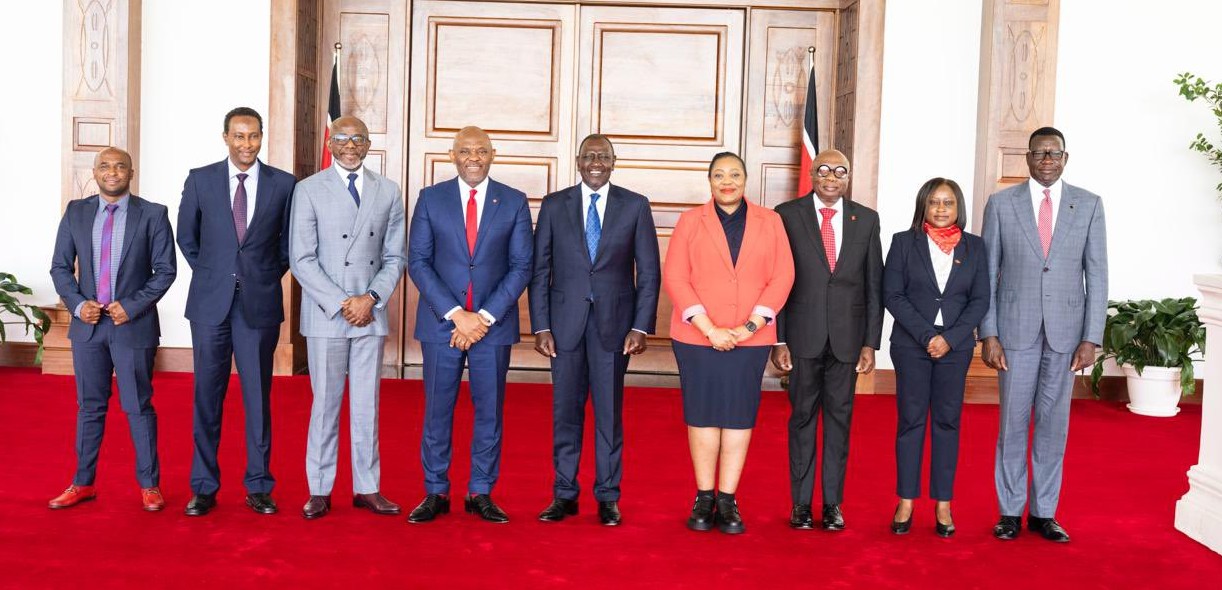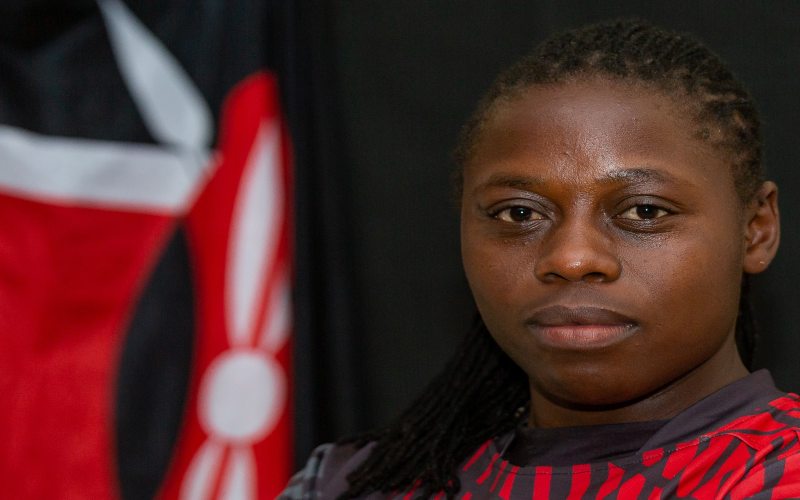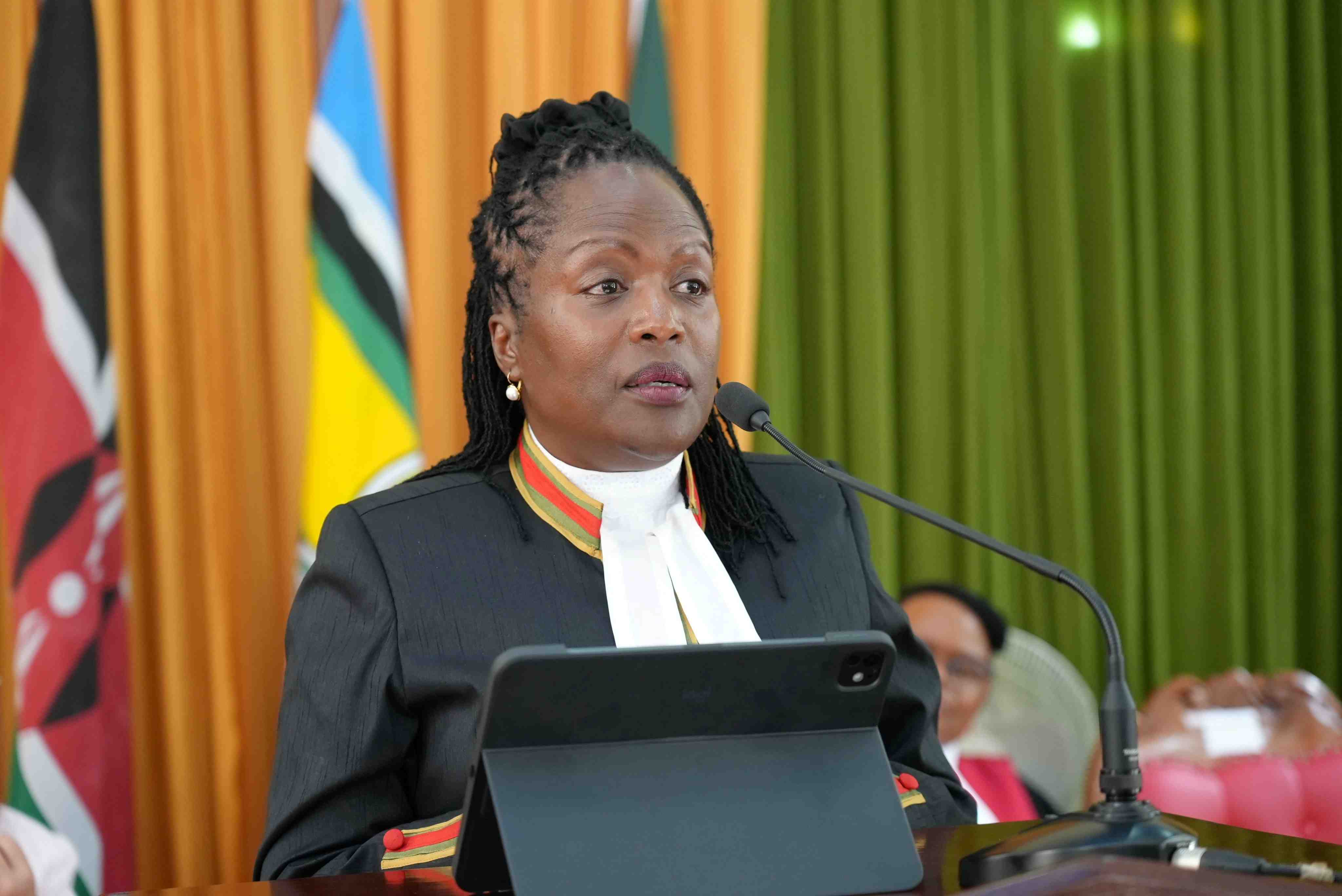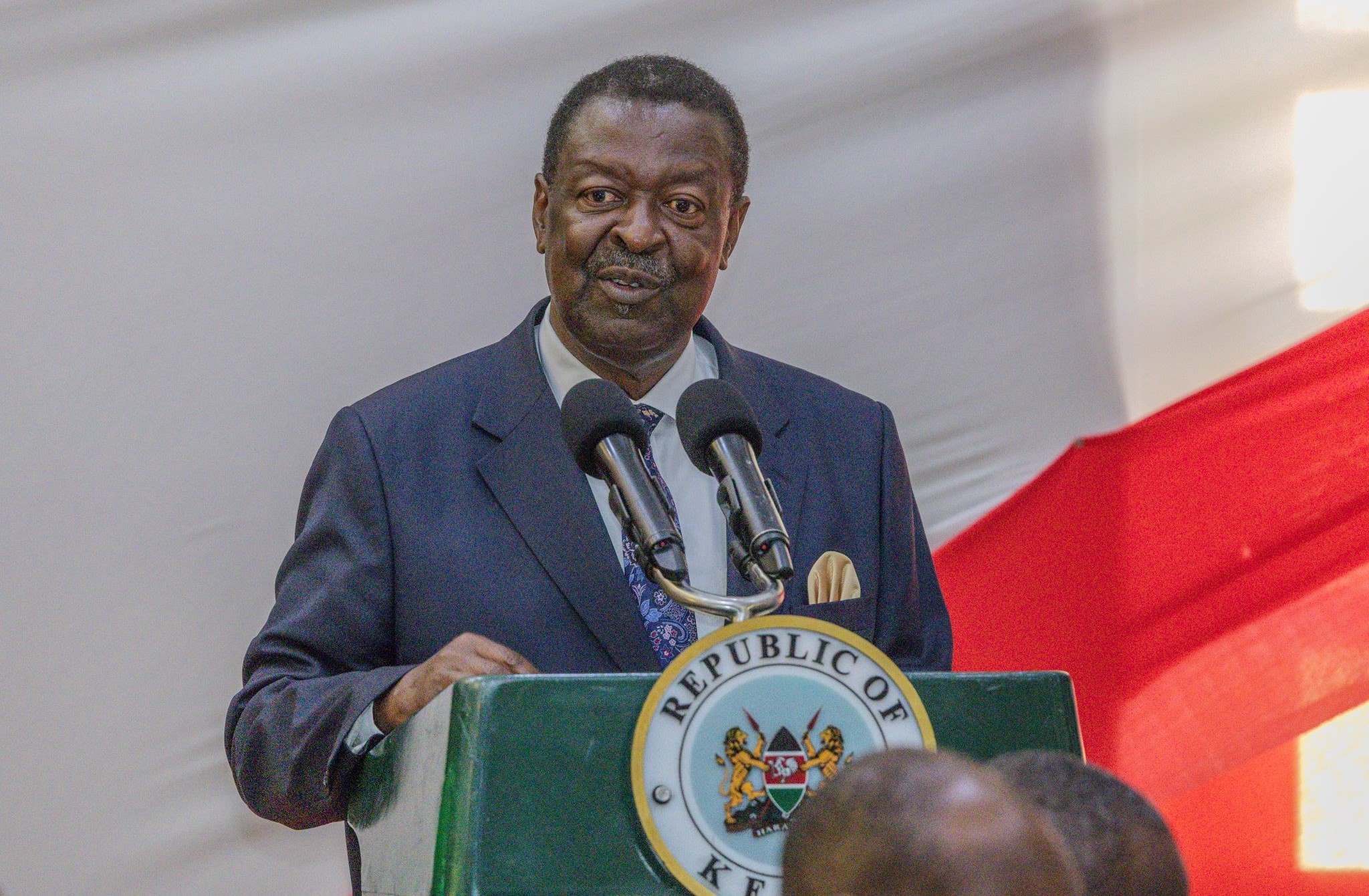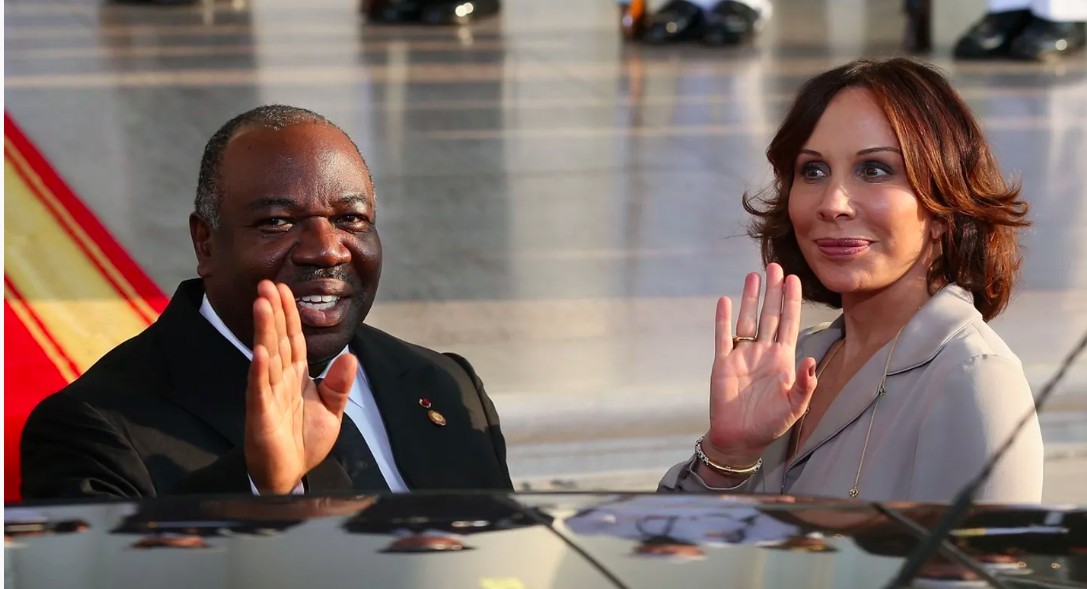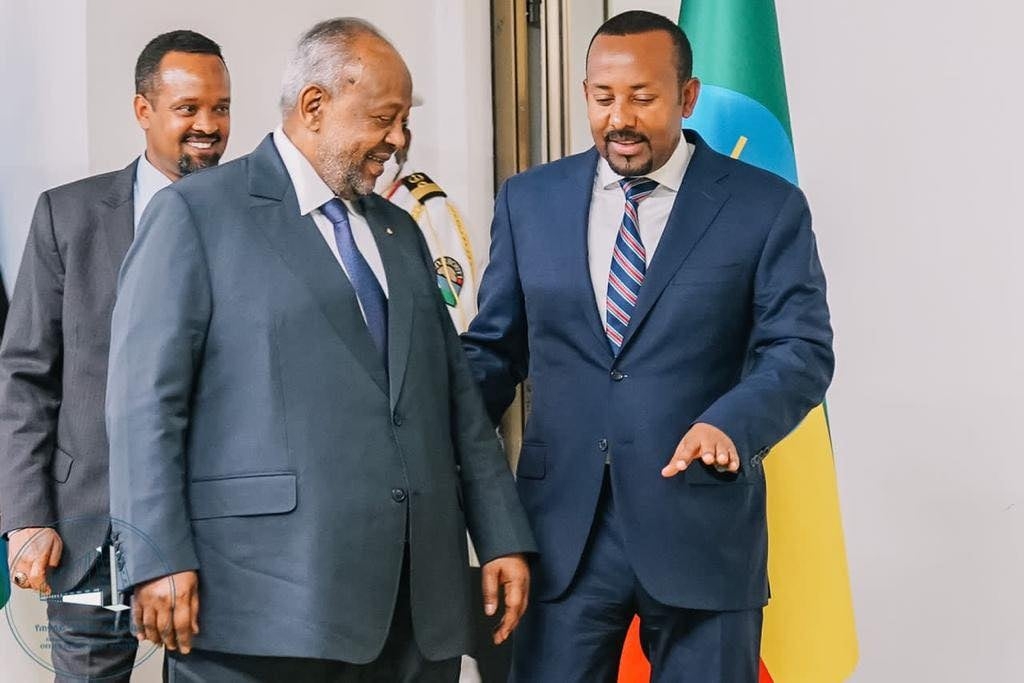Govt making billions in domestic debt payments off-system, Controller of Budget warns
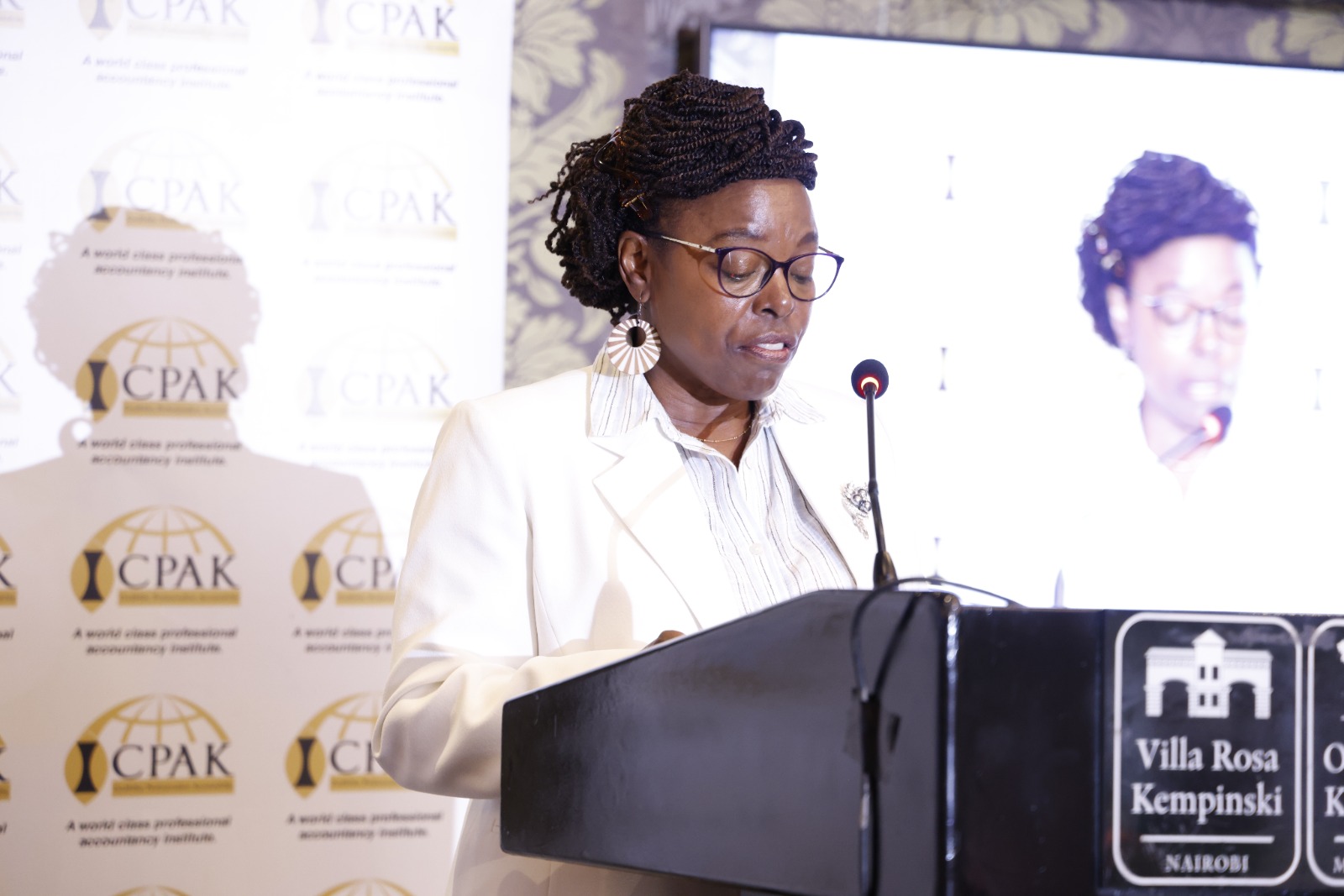
Some requisitions submitted for her approval lack specifics and are presented in lump sums, making it impossible to establish a clear breakdown of the expenditures.
Billions of shillings in domestic debt payments are being processed manually by the government, a move that raises serious concerns over transparency, Controller of Budget Margaret Nyakango has revealed.
Nyakango told MPs that her office cannot track these payments due to a lack of proper documentation, making it difficult to determine how the funds are used.
More To Read
- Bursary battle deepens as counties push for full control over education
- Billions locked in stalled county projects across the country - CoB Margaret Nyakang'o
- Treasury warns billions at risk as counties rely on third-party revenue systems
- Counties spend nearly half of budgets on salaries, audit shows
- Controller of Budget flags 16 counties for concealing true staff expenditures
- Parliamentary Budget Office warns government borrowing risks slowing economic recovery
Appearing before the National Assembly’s Committee on Finance and National Planning, chaired by Molo MP Kimani Kuria, Nyakango disclosed that since July last year, some domestic debt payments have been made off-system, bypassing the automated financial system meant to ensure accountability.
“I must raise this issue with the National Treasury in writing because I now have enough data. Why are we still making payments manually when we have an automated system?” Nyakango posed.
She explained that some requisitions submitted for her approval lack specifics and are presented in lump sums, making it impossible to establish a clear breakdown of the expenditures.
“At the end of the quarter, they submit lump sum returns, which still lack specifics on how the money was spent. We have had to reject some of the returns because they lack details,” she said.
Although she did not disclose the exact amount the government has paid off the system since July last year, she assured the committee that she has compiled all the relevant data and will submit it to Parliament on Tuesday.
Nyakango also revealed that in January this year, the government paid Sh19.6 billion in dollars to local banks that had guaranteed a Kenya Airways bailout loan, raising concerns over why the institutions demanded payment in foreign currency.
She further highlighted an instance where her office received a government report on the expenditure of Sh18 billion, yet the document failed to specify how the money was used.
“These things happen. Sometimes we try to get information, but it’s not easy,” she said.
Twinning system
To curb such irregularities, she disclosed that the Central Bank of Kenya (CBK) has introduced a system referred to as twinning, designed to ensure that the figures her office approves match the actual disbursements made by the bank.
“I hope this new system will work,” she said.
Committee chair Kimani Kuria instructed Nyakango to provide full details of manually processed requisitions for the current financial year so that the committee can follow up with Treasury officials, who are expected to appear before Parliament next week.
“For a government with all its systems online, why should we pay our debt manually?” Kuria posed.
“We cannot insist on paying small fees electronically while settling our debts manually. We will raise these issues with the Cabinet Secretary in our meeting next week.”
Kitui Rural MP David Mwalika termed the situation alarming, stressing that public debt consumes a significant portion of taxpayers’ money and should be handled with the highest level of transparency.
“Public debt has been one of our major headaches as a country, yet now we are being told that these payments have been processed manually. The question we must ask is why? And the Controller of Budget must help us get answers,” Mwalika said.
“This is a clear indication that there is a lot of money in this country that we don’t know where it’s going. Why pay manually when we have all our systems in place?”
The country’s public debt has long been a controversial issue, with different figures frequently being reported.
During his vetting, Treasury Cabinet Secretary John Mbadi pledged to disclose all details of the country’s debt obligations to enhance transparency. However, the process has been slow, as the Auditor General’s office has yet to release its report.
The audit began in September last year.
“Depending on the outcome of the audit, we will finally know the authenticity of the debts. We will use this information to make informed management decisions as the executive,” Mbadi said.
He assured Parliament that once the report is finalised, MPs will have the opportunity to question the executive on the country’s borrowing.
“I am optimistic that the audit will provide the crucial data necessary to guide future budgeting and ensure the country adopts a more sustainable financial path,” he said.
According to the National Treasury’s Medium-Term Debt Management Strategy (MTDS), published in January last year and covering the period 2024/25–2026/27, Kenya’s public and publicly guaranteed debt stood at Sh10.28 trillion (70.8 per cent of GDP) as of June 30, 2023.
This included Sh5.45 trillion in external debt and Sh4.83 trillion in domestic debt. The present value of public debt stood at 68.2 per cent of GDP, exceeding the approved debt anchor of 55 per cent.
The MTDS serves as a policy document guiding government borrowing and public debt management to ensure fiscal sustainability.
Top Stories Today
